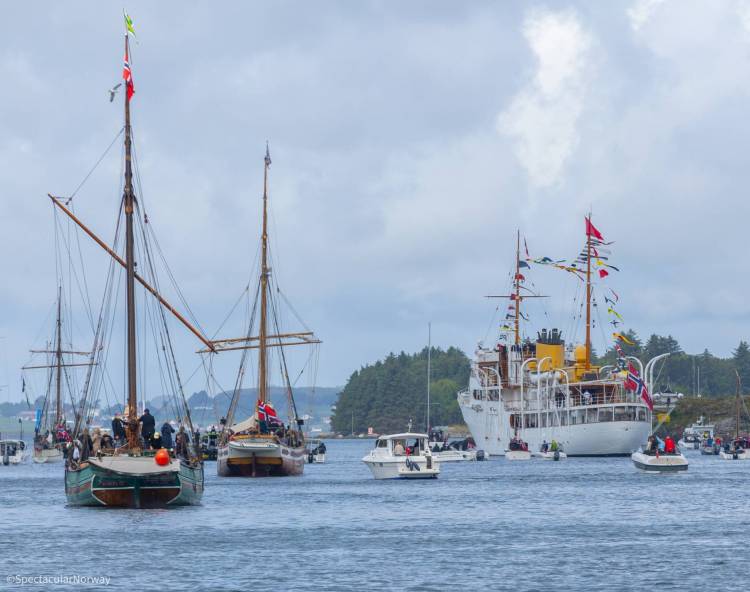
In a year that marked the 200th anniversary of the first organized Norwegian immigration to America, the Fargo/Moorhead Spelemannslag played a remarkable role in the international celebration of heritage and tradition. On July 4, 2025, a member of the group was honored to perform in Oslo Harbor, Norway, during a historic event commemorating the 1825 departure of the sloop Restauration, which set sail from Stavanger, bound for New York City with 52 Norwegian emigrants on board. That voyage became a pivotal moment in the story of Norwegian-American identity—especially in the Upper Midwest.
Learn more about the Norwegian "Mayflower" ship called Restauration and the guests on board called Sloopers from the June 2025 Grue Church Newsletter.
2025 Commemorative Hardanger Fiddle
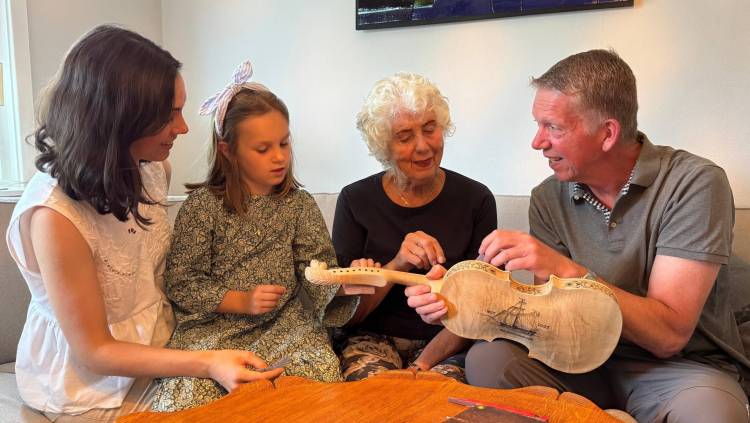
At the center of this year’s celebration was a commemorative Hardanger fiddle first created by the Fargo/Moorhead Spelemannslag, a group of Norwegian-American Hardanger fiddle musicians and the nation’s largest concentration of Norwegian-American Hardanger fiddle-making apprentices. Over 200 people in North Dakota and Minnesota have contributed to the making of this fiddle, with more work to be done after it returns from Norway. The commemorative fiddle features an inked image of the original Restauration ship on its back and symbolizes the enduring connection between North Dakota and Norway. The collaborative community project was sparked by the vision of Rinita Dalan and Amy Rand. It stands in the tradition of local Norwegian-inspired woodworking achievements like the Hopperstad Stave Church replica built by Guy Paulson and the Hjemkomst ship by Robert Asp, both located in Moorhead, MN.
The Hardanger fiddle-making tradition is as rare as it is beautiful, with its elaborate carving, inlay, and rosing designs. The Hardanger fiddle-makers and musicians were trained through NDCA’s Folk and Traditional Arts Apprenticeship Program as well as with support from the Clay County Historical Society in Moorhead, MN. NDCA’s Folk and Traditional Arts Apprenticeship Program nurtures traditional arts by pairing master artists with learners, ensuring that techniques and cultural knowledge are passed down across generations.
Gus Holley performs in Oslo
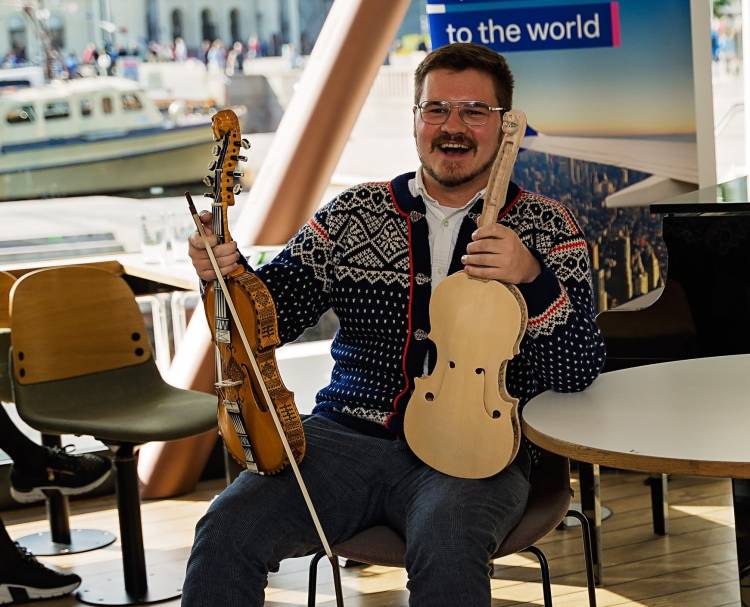
The group’s work on the commemorative fiddle attracted international attention, including support from Icelandair, which sponsored travel from Fargo to Oslo for Gus Holley of Moorhead, Minnesota—a gifted young Hardanger fiddler and budding Hardanger fiddle-maker. Gus represented the Fargo/Moorhead Spelemannslag in Oslo, where he displayed the fiddle and allowed the public in Norway to also participate in creating this special anniversary fiddle.
In Oslo Harbor, while aboard a cruise ship docked near the site where the original Restauration would have launched in 1825, Gus performed on a “trollfela” (troll fiddle) built by his mother, Rinita Dalan, in 2024. “It was especially meaningful,” he added, “to play the bridal marches generations of our ancestors in Audnedalen, would have heard on their way to and from weddings as people got on and off the boat.”
“It was a really wonderful experience to share a little bit about how we are passing on Norwegian culture in our own way in Fargo-Moorhead with some curious and enthusiastic Norwegians,” said Gus. “We are lucky in Fargo-Moorhead to have an unbroken tradition of building and playing Hardanger fiddles going back generations, which many of us have been trying (and I think succeeding!) to revitalize and make into a bigger part of our community life again over the past ten years.”
A Celebration of Living Heritage
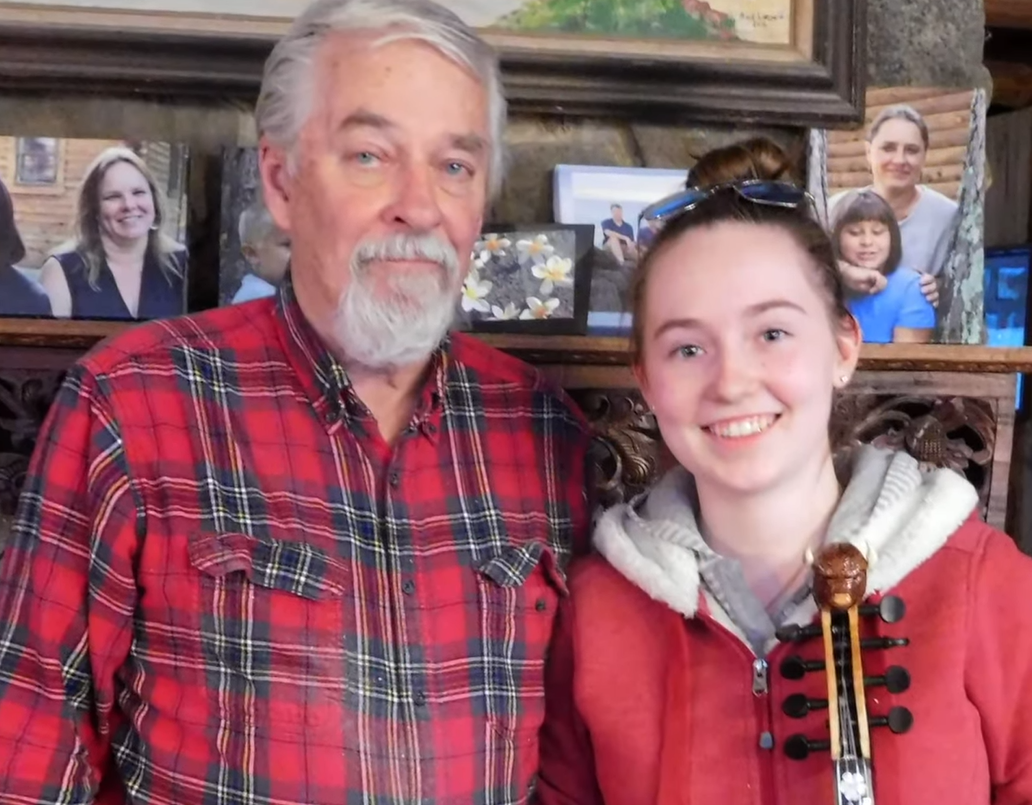
This moment was not just a tribute to the past—it was a celebration of living heritage. The resurgence of Hardanger fiddle making and playing in the Fargo/Moorhead region started with Robert “Bud” Larsen around 2015 when he began teaching young apprentices how to create and play the fiddle through NDCA's program. Originally from Mandan and Fargo, ND, Bud was a former apprentice of master luthier Gunnar Helland, one of the last in a legendary line of Norwegian fiddle makers. Bud’s dedication to passing on this artform through the NDCA program has grown the number of U.S. Hardanger fiddle makers from a handful to nearly 20, with most of them from the Fargo/Moorhead area. The tradition continues to grow with a core of dedicated learners supported by partners like NDCA, Clay County Historical Society, and the American Scandinavian Foundation in New York City.
The Fargo/Moorhead Spelemannslag will continue to represent this proud legacy internationally, with a display at the Indre Sunnfjord Folk Museum in Førde, Norway, in September 2025.
As we reflect on this milestone bicentennial year, we are reminded of the enduring power of heritage, music, and craft—and the responsibility to honor the cultures that have shaped North Dakota into the state it is today.
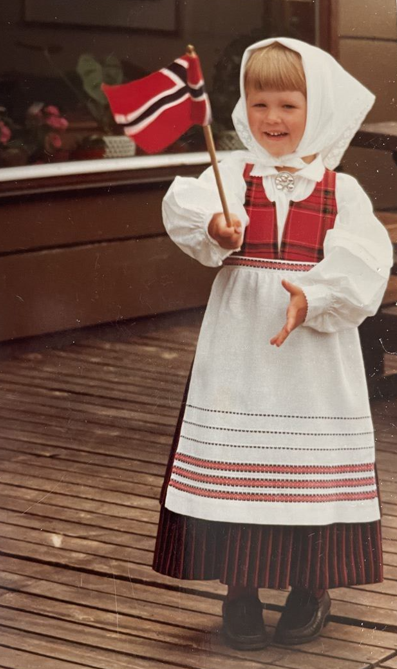
First Lady Kjersti Armstrong, who was born in Norway, reflected on the deep cultural ties that remain strong across the state. “Norwegian heritage continues to have a profound impact on North Dakota’s communities, values, and cultural identity in several key ways,” she said. “Some are obvious, like the amount of lefse and lutefisk consumed here, parades and celebrations of Norwegian culture, but there are more subtle, yet incredibly important, influences. I recognize Norwegian culture in the way North Dakotans lead their lives. They are humble, hard working, and have a strong sense of duty to community—all of which continue to shape social norms and leadership styles in our state. Here, Norwegian heritage is not just remembered—it’s lived.”
Her words affirm what so many North Dakotans already know: that cultural heritage is not only preserved through tradition, but reflected in the values and character of our communities today.
NDCA Folk and Traditional Arts
##
North Dakota, which proudly has the highest percentage of Norwegian descendants of any U.S. state, continues to be shaped by its Scandinavian roots. North Dakota Council on the Arts (NDCA) recognizes the importance of preserving and honoring all cultural traditions in the state, and the Norwegian influence—second only to Germans-from-Russia—is an essential part of our shared identity.
